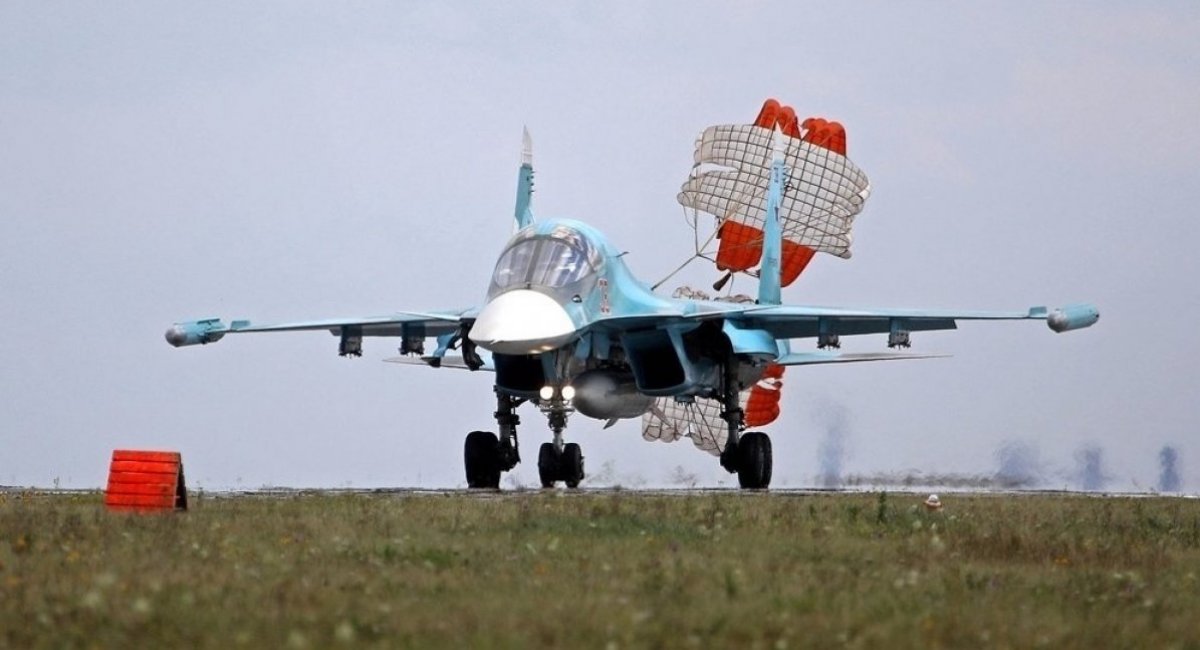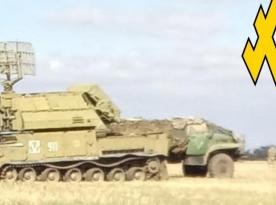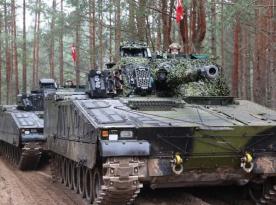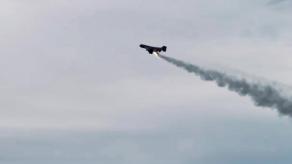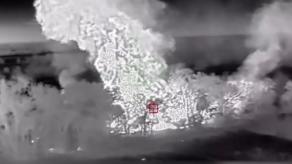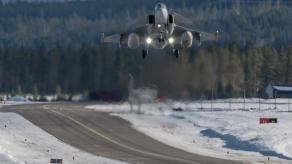In a coordinated nighttime operation on June 27, Ukrainian Special Operations Forces, in collaboration with the Security Service of Ukraine and other units, launched a precision strike on the Marinovka airfield located in russia's Volgograd region. The mission aimed to disrupt russia's ability to carry out airstrikes on Ukrainian territory.
Preliminary reports indicate that four Su-34 aircraft were damaged in the strike. In addition to targeting the jets, Ukrainian forces also hit the airfield's technical support section, a facility used for maintenance and repair of combat aircraft. The operation represents a direct attempt to reduce the effectiveness of russian tactical aviation near the frontline.
Read more: Who’s Behind the Threat to UK Bases Training Ukrainian Pilots on F-16s and Mirage 2000s?
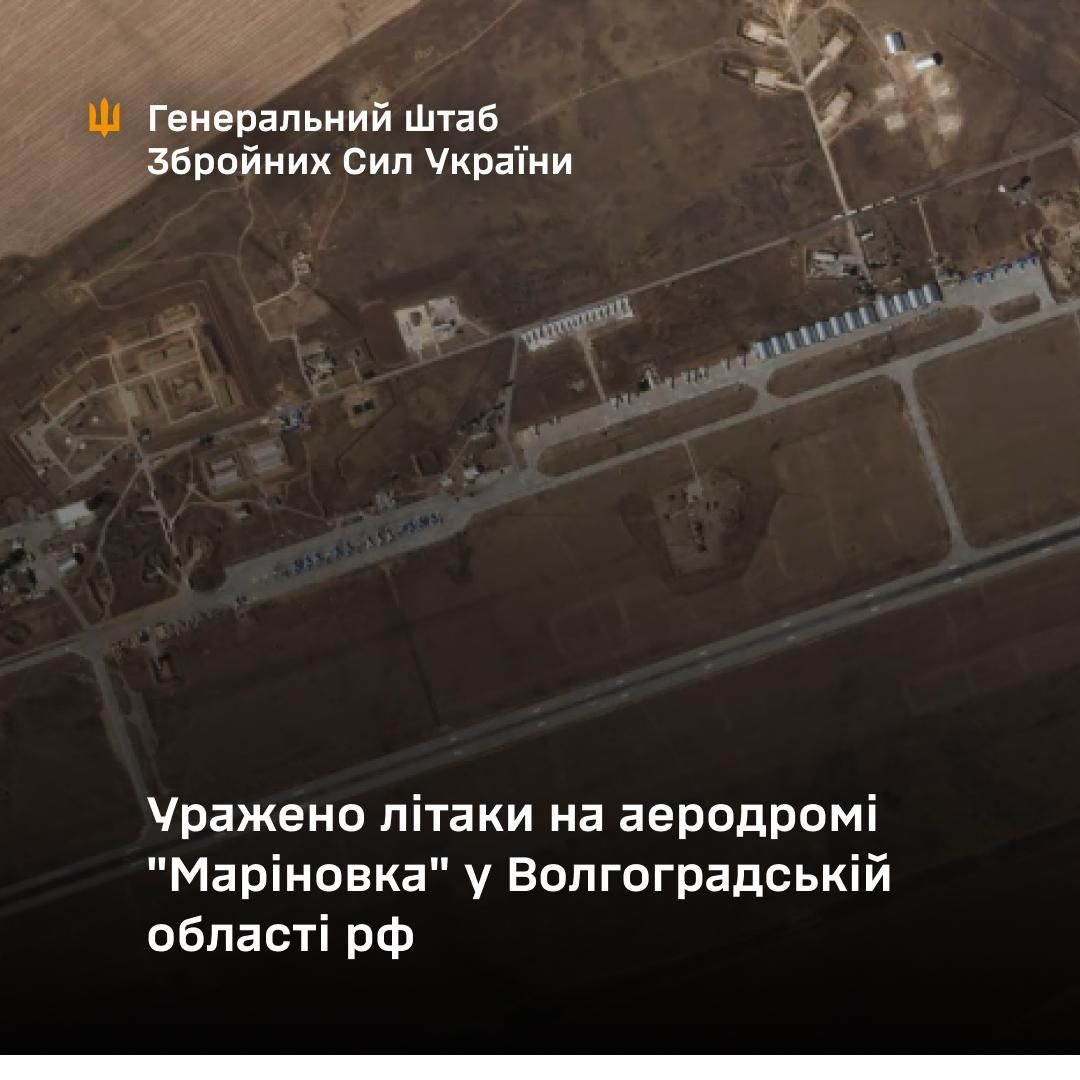
The Su-34, a twin-engine, all-weather supersonic fighter-bomber, is one of russia's primary platforms for launching guided bomb and missile strikes against Ukrainian targets. These aircraft have been regularly used to drop gliding bombs equipped with correction and guidance modules, making them a persistent threat to both military positions and civilian areas.
The Marinovka air base is located deep within russian territory, and the strike indicates Ukraine's increasing capability to hit high-value military targets far beyond the immediate combat zone. Whether conducted via long-range drones, sabotage, or hybrid means, such operations signal a shift in Ukraine's strategy to degrade the rear support infrastructure of the russian Air Force.
The attack also underscores the growing vulnerabilities of russian air assets, even within supposedly secure regions. Any disruption to the Su-34 operations may have a tangible effect on the scale and frequency of russian airstrikes along the front.
As of now, the extent of the damage and the precise outcome of the strike are still being assessed. However, this operation reflects a broader trend: Ukraine's growing willingness and capability to take the fight to russian territory and degrade the assets enabling Moscow's continued war of aggression.
As Defense Express previously reported, a newly downed Shahed-136 loitering munition, recovered by Ukrainian forces in Sumy region in June 2025, offers fresh insight into the evolving technological collaboration between Iran and russia. The Defense Intelligence of Ukraine has published a detailed analysis, including 3D models and electronic component maps, showing significant upgrades to this latest MS-series variant.
Initial assessments confirm that the drone remains fundamentally Iranian in design, based on the fuselage structure and internal layout. However, the integration of several advanced components points to ongoing joint development between Tehran and Moscow, aimed at increasing the combat capabilities of these kamikaze UAVs.
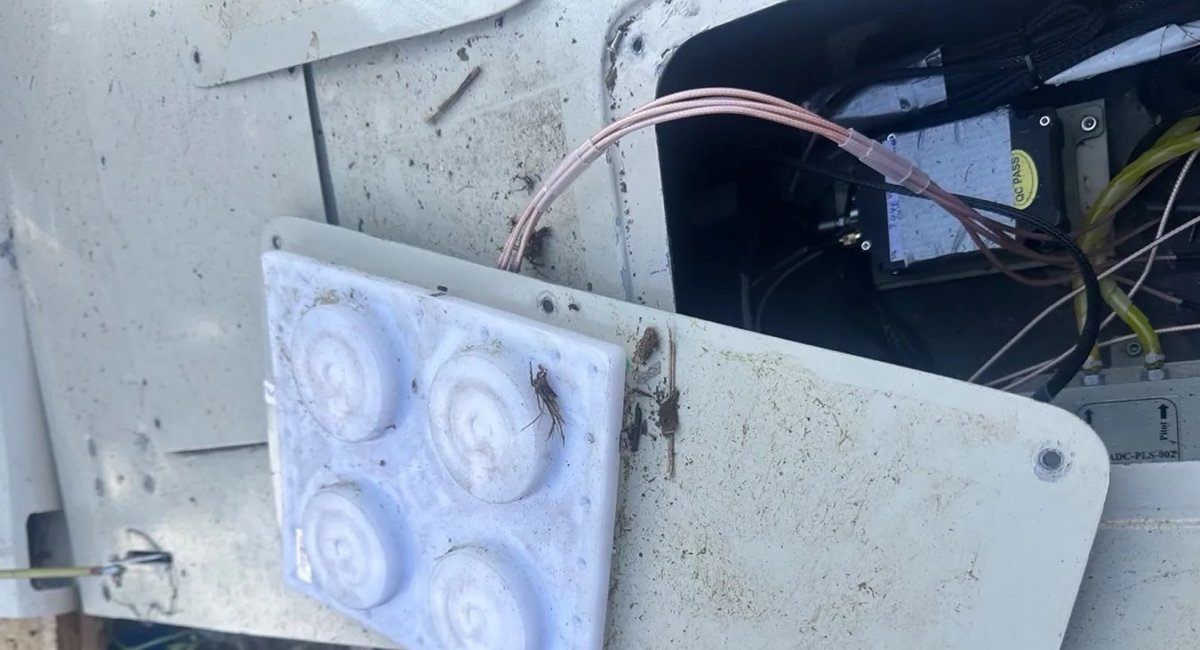
Read more: Sweden Won't Turn Its Older Gripen Fighters Into Spares, Offering Ukraine a Rare Opportunity




